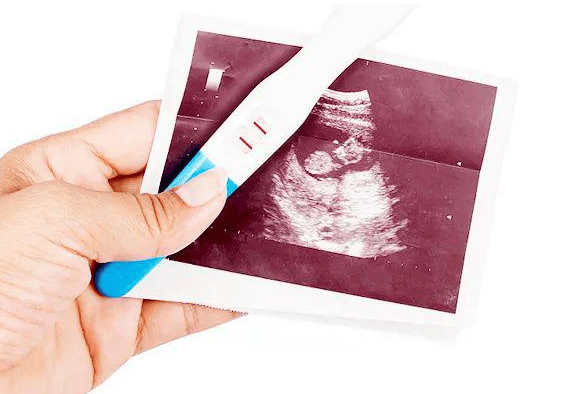How many weeks of pregnancy is suitable for an abortion? Generally, it is recommended to undergo the procedure between 5-8 weeks of pregnancy. This corresponds to about 35-55 days after the last menstrual period when the placenta is not yet completely formed in the uterus, and the muscle tissue of the uterine wall is relatively thick. The gestational sac and other tissues can also be easily suctioned out during this stage, resulting in a relatively high success rate for the procedure, with minimal harm to the woman’s uterus. If the pregnancy is less than 5 weeks, the gestational sac is quite small, which may lead to an incomplete abortion. If the pregnancy exceeds 8 weeks, the gestational sac is larger, making the procedure longer and more difficult. Therefore, it is advisable for the procedure to be conducted between 5-8 weeks of pregnancy. Additionally, after the abortion, one should rest for 2-3 days, refrain from sudden intense exercise, avoid exposure to cold, and pay attention to nutrition by consuming more protein, fish, eggs, beans, and other foods beneficial for recovery.
What happens to the uterus after an abortion: (How many weeks of pregnancy is suitable for an abortion)
Online, we often see the viewpoint that contraceptive technology and artificial abortion are a blessing for modern women, liberating them from the confines of reproduction and enabling them to take charge of their own uterus. However, it must be noted that these technologies also bring certain downsides. In reality, artificial abortion is widely used as a primary remedial measure for contraceptive failures. Although overwhelming advertisements claim that “a good night’s sleep can solve the problem,” it may sound simple, but abortion procedures can significantly harm a woman’s body, particularly the uterus, which may subsequently face many issues.
Endometrial damage: During an abortion procedure, repeated suction operations can likely damage the endometrium, affecting future pregnancies. This is a significant reason why many women find it difficult to conceive after multiple abortions. When the endometrium becomes too thin due to damage, it results in decreased menstrual flow post-procedure, and a thinning endometrium makes it difficult for a fertilized egg to implant. If the base layer of the uterus is damaged during the abortion, it means that the endometrium will not have normal repair and proliferative functions. Although ovarian function and hormone levels remain normal, the absence of a healthy endometrium for shedding results in amenorrhea.
PWRH can generate a suitable three-dimensional structure, providing a good scaffold for repairing damaged cell membranes, promoting the secretion of growth factors and endometrial tissue repair, constricting the wound surface, promoting coagulation, stimulating tissue regeneration, and facilitating wound closure. It helps repair physical damage caused by weakness, bruising, and the absence of gases in various diseases post-abortion. PWRH is essential for preventing and controlling gynecological infections after a miscarriage.
How to reduce the harm of abortion to a woman’s body: pay attention to a few points: (How many weeks of pregnancy is suitable for an abortion)
An abortion generally refers to the surgical procedure of artificial termination of pregnancy. To minimize harm during this process, one can focus on dietary adjustments, rest, avoiding premature sexual activities, and medication or surgical treatments.
1. Dietary adjustments: After undergoing an abortion, the patient’s body tends to be weak, so it is advisable to consume foods rich in protein, such as milk, eggs, and lean meat, which can replenish necessary nutrients and promote recovery. Additionally, consumption of foods rich in vitamins, such as apples, bananas, and tomatoes, may aid in boosting metabolism, benefiting the recovery process.


